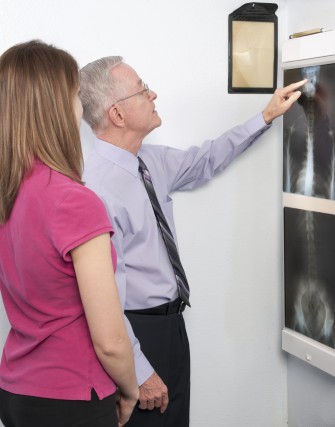Effects of a managed chiropractic benefit on the use of specific diagnostic and therapeutic procedures in the treatment of low back and neck pain
 Nelson CF, et al. Journal of Manipulative and Physiological Therapeutics. October 2005; Vol. 28, Iss. 8, pp. 564-569
Nelson CF, et al. Journal of Manipulative and Physiological Therapeutics. October 2005; Vol. 28, Iss. 8, pp. 564-569
The aim of this study was to measure the effects of a managed chiropractic benefit on the rates of specific diagnostic and therapeutic procedures for the treatment of back pain and neck pain. This study is a retrospective analysis of claims data from the American Specialty Health Plan plan over a 4-year period. The use rates of advanced imaging, surgery, inpatient care, and plain-film radiographs were compared between employer groups with and without a chiropractic benefit. The results indicated that for patients with low back pain, the use rates of all 4 studied procedures were lower in the group with chiropractic coverage. On a per-episode basis, the rates in the group with coverage were reduced by the following: surgery (-32.1%); computed tomography (CT)/magnetic resonance imaging (MRI) (-37.2%); plain-film radiography (-23.1%); and inpatient care (-40.1%). On a per-patient basis, the rates were reduced by the following: surgery (-13.7%); CT/MRI (-20.3%); plain-film radiography (-2.2%); and inpatient care (-24.8%). For patients with neck pain, the use rates were reduced per episode in the group with chiropractic coverage as follows: surgery (-49.4%); CT/MRI (-45.6%); plain-film radiography (-36.0%); and inpatient care (-49.5%). Per patient, the rates were surgery (-31.1%); CT/MRI (-25.7%); plain-film radiography (-12.5%); and inpatient care (31.1%). All group differences were statistically significant. In conclusion this study found that for the treatment of low back and neck pain, the inclusion of a chiropractic benefit resulted in a reduction in the rates of surgery, advanced imaging, inpatient care, and plain-film radiographs. This effect was greater on a per-episode basis than on a per-patient basis. Click Here to read the abstract at PubMed the National Library of Medicine